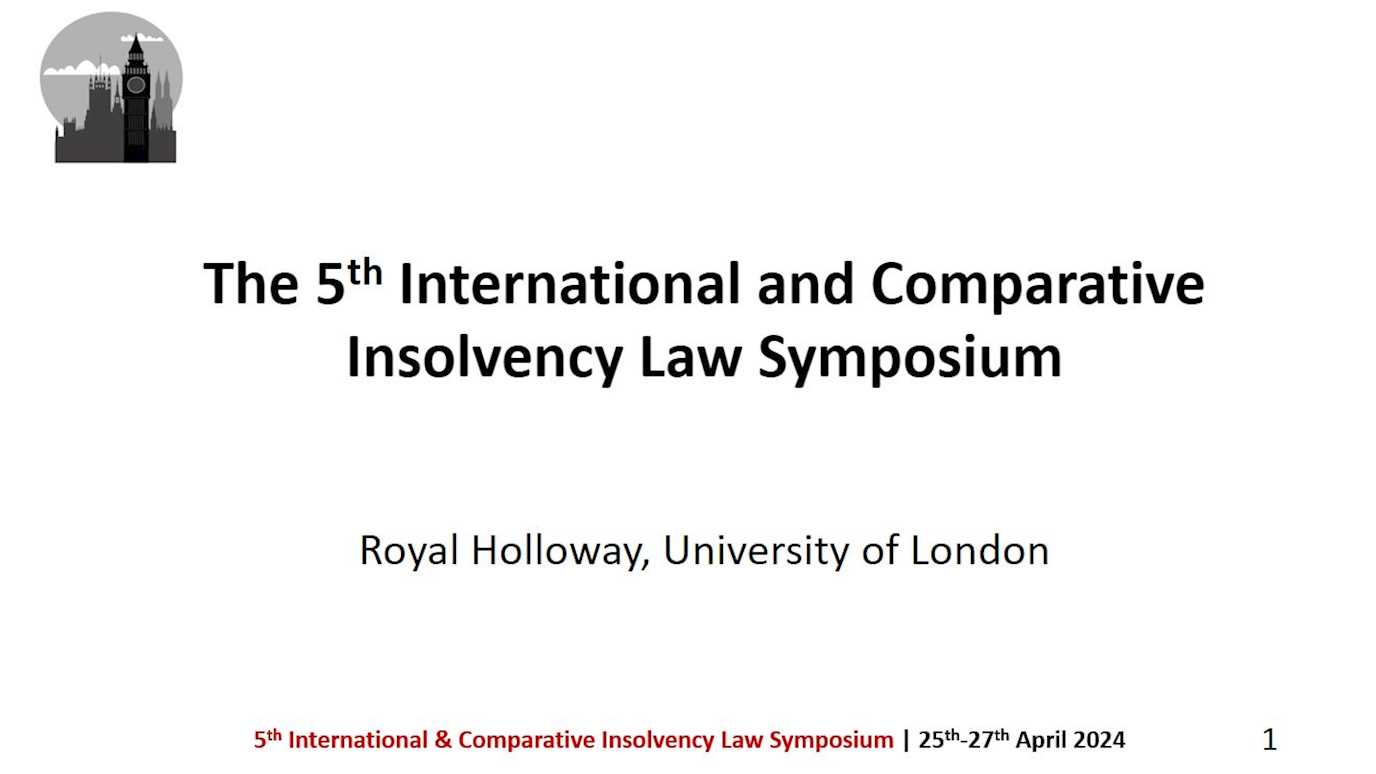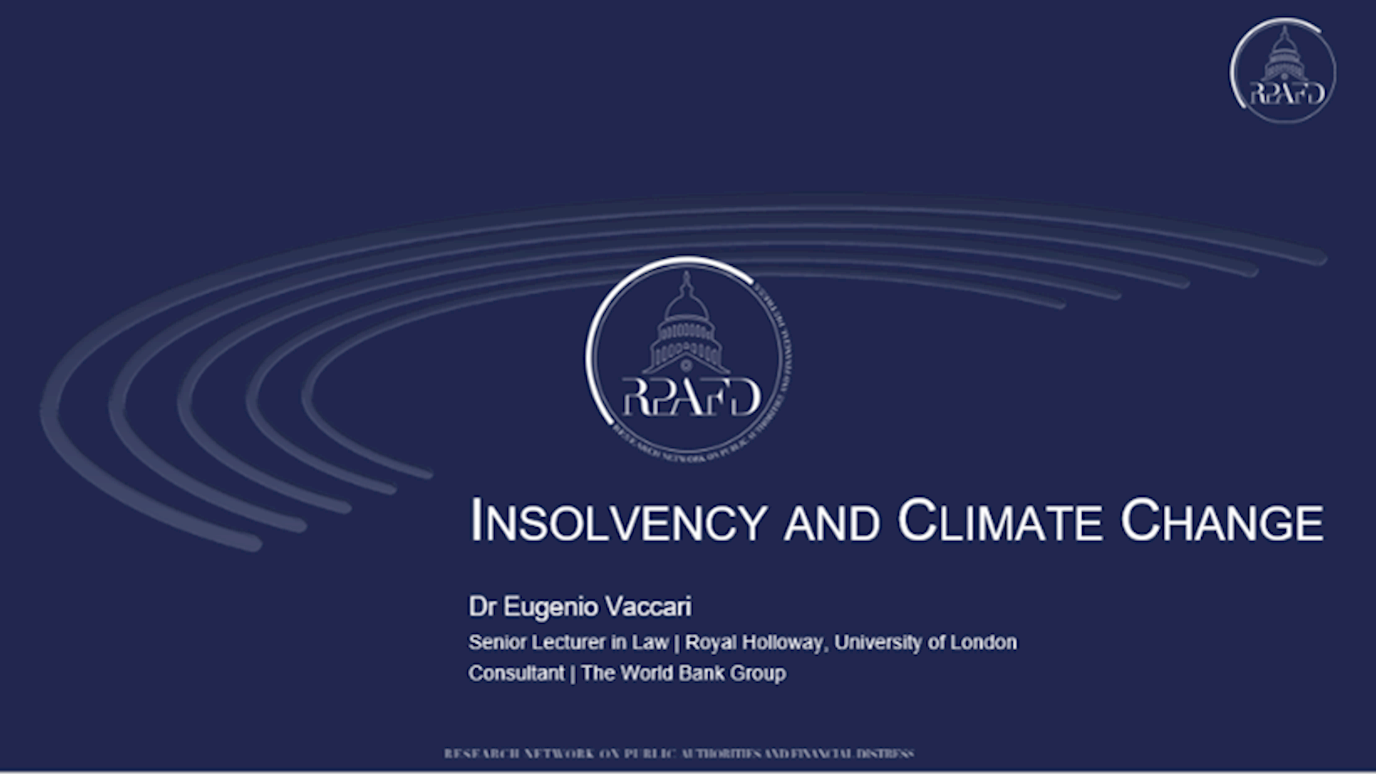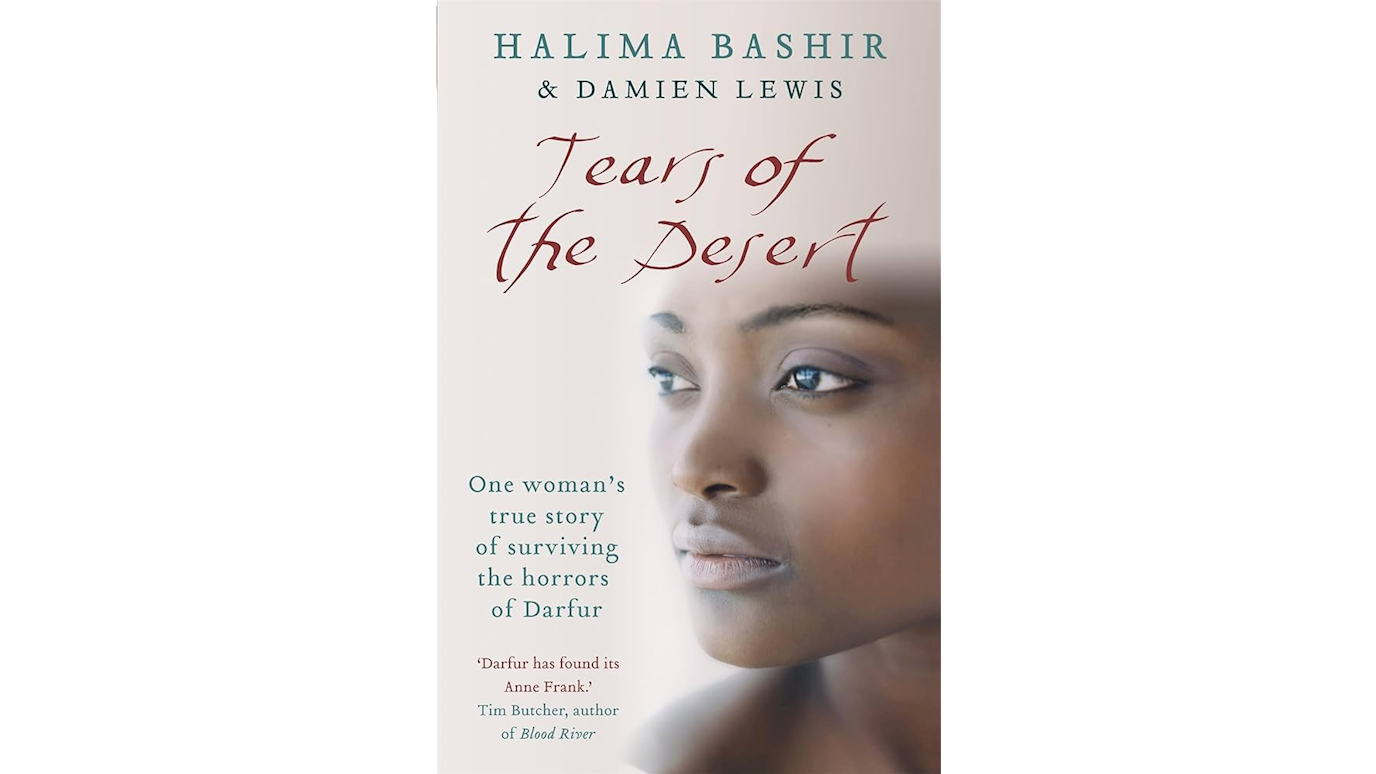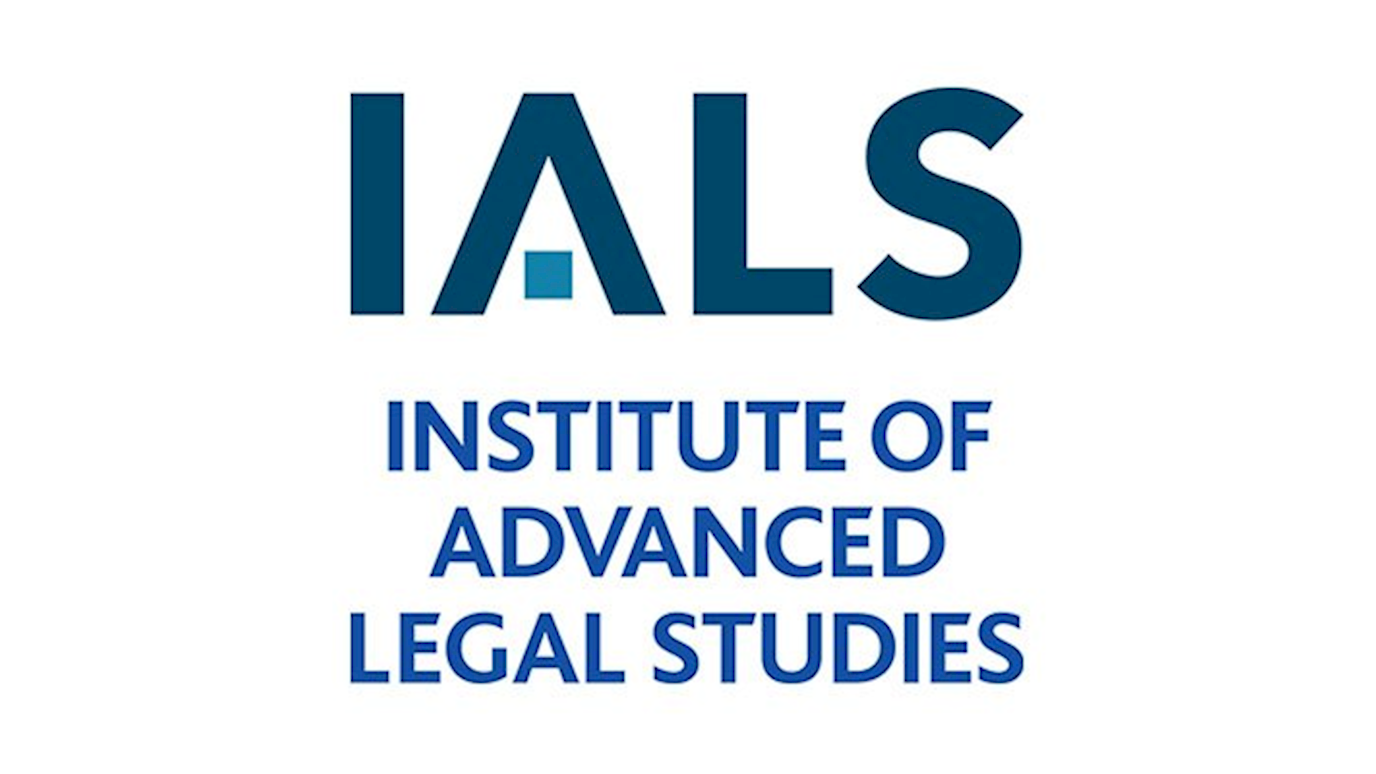In this blog, Dr Aislinn O'Connell discusses the new provisions to be included in the Online Safety Bill and the implications of the new regime.

Deepfake porn is still not illegal in England and Wales, but that’s about to change with new criminal provisions approved for inclusion in the Online Safety Bill.
The promised amendments to the Online Safety Bill about intimate image disclosure have finally been published – and considered in the House of Lords – ready to be implemented once the Online Safety Bill gets through Parliament. Amendment 8 to the Online Safety Bill, approved by the House of Lords on July 6th, completely replaces the existing ‘revenge porn’ offence with a new and more nuanced regime. In this blog, I will discuss these new provisions, and what they will change about the criminal law.
Content Warnings: Non-consensual taking and sharing of intimate images is discussed below.
What Are The Offences?
The Online Safety Bill creates four new criminal offences (s 66B in the Sexual Offences Act 2003) of ‘Sharing or threatening to share intimate photograph or film’. This consists of a base offence of sharing an image/film without consent (s 66B (1)), and three more serious offences of sharing with intent to humiliate (s 66B(2)), sharing for sexual gratification (s 66B(3)), and threatening to share with intention/recklessness as to whether the person in the image will fear that the threat will be carried out (s 66B(4)). This tiered offence system what the Law Commission (the body that reviews the law in England and Wales) recommended in their 2022 report, which was the end of a project requested by the Ministry of Justice. It’s also the same structure that was introduced in Ireland in 2021.
What Do They Apply To?
These offences apply to images of people 'in an intimate state'. This covers sexual images, exposed images, and toileting images. It also defines ‘exposed’, which includes wet clothing, wearing underwear, and obscuring techniques. That means that sharing deepfakes, upskirts, downblouses, or nudes that you’ve censored with something like emojis or black bars, will all be covered by these offences, which is a much broader definition than we had previously – giving much more protections to people whose images are shared online. It also covers all images of people breastfeeding, whether or not their breasts are exposed. Protections were introduced in 2022 to prevent voyeurs taking photos of others while breastfeeding; this now will prohibit sharing those photos.
There is a protection, though, for those who share things like beach photos or photos of streakers at sports matches. Someone is not in an intimate state if the image is something ‘of a kind ordinarily seen in public.’ This means that things like beach or pool photos would not fall under the intimate image provisions, as swimsuits are ordinarily seen in public. All images of breastfeeding, whether in public or not, are classed as being in an intimate state. There are also a few other exceptions and defences, set out in the same amendment.
How Does This New Regime Stand Up To Scrutiny?
It’s difficult to critique the new disclosure offences themselves – the definition of 'in an intimate state' is wide enough to cover all images which fall within the existing criminal offences of voyeurism, plus everything currently covered by the disclosure offence, and will also cover faked images (including deepfakes and photoshops) or images which use emojis or similar to cover up what would otherwise be a nude photo, plus downblousing images - so while taking downblouse images is not an offence yet, sharing them will be.
This new strategy completely replaces the existing offence, and works to resolve previous issues, including the motivations, and the lack of anonymity. It also goes some way towards classifying image disclosure as a sexual offence. The four new offences are contained in the Sexual Offences Act 2003, and anonymity is also available to all victim-survivors.
There are also some further remedies for the more serious offences. If someone discloses an image for sexual gratification, then sexual harm prevention orders and notification requirements will be available to the court – this means that they can order an offender be registered as a sex offender, and can grant a restraining order preventing the offender from contacting the victim in any way. Sharing images with an intent to cause distress or for sexual gratification, where the subject of the image is a child, will also be classed as a child sex offence.
These changes aren’t surprising - Government announced in November that they would be tabling changes to the criminal offences and accepting the recommendations of the Law Commission’s Final Report, Taking, Making and Sharing Intimate Images Without Consent, which itself was the product of an investigation starting in 2019. Incidences of image-sharing have only increased since then. While the amendments tabled at report stage do not cover all recommendations of the Law Commission, the Government has committed to bringing a fuller package of reforms ‘when Parliamentary time allows’ and have stressed the importance of bringing forward those reforms which are within the ambit of the Online Safety Bill.
These new offences are also only about disclosure and threats to disclose. The government's amendments are not about taking images - that remains covered by voyeurism provisions in ss67-67A of the Sexual Offences Act 2003. Taking downblousing images is still not a criminal offence. Perhaps these will be the further reforms brought forward when there is time.
Conspicuously absent is any obligation on platforms to remove content. It's incredibly difficult to get content down from online, and victim-survivors have little legal basis to rely on for this. In 2020, Ksenia Bakina and I wrote about this in Legal Studies, and these amendments do nothing to move the situation on any further. This might be something for OFCOM to include in their Code of Conduct on violence against women and girls, (VAWG). This obligation to create a code was also approved by the Lords, after campaigns by numerous charities and academics, and will hopefully go some way towards reducing abuse of women and girls online.
What happens next?
Parliament rose for summer recess on 20th July, so the Online Safety Bill isn’t due back in the House of Lords until September 6th. It will then go back to the House of Commons for consideration of the changes made by the Lords– this can result in a ping-pong, as with the Illegal Migration Bill, but hopefully the Bill should make it to the King before the end of 2023.
The Online Safety Bill's story is far from over, and our legal regime around intimate images online has much more scope for improvement: stay tuned for more updates and commentary on how it develops.
If you find a private photo of yourself online, contact the Revenge Porn Helpline, or Report Harmful Content for help on requests for removal of images and videos.
Aislinn O’Connell is a Senior Lecturer in Law at Royal Holloway University of London, where she teaches a variety of private law subjects and researches at the intersection of law and technology, including technology-based violence, image-based sexual abuse, intellectual property regulation and law and culture.
























